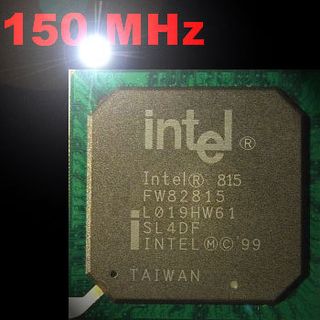The 150 MHz Project, Part 3
Introduction

On the perpetual quest for more performance, I have done some benchmarks and analysis using 150 MHz BX and VIA 694X setups back in May and in April. Those results showed quite impressively that increasing the front side bus clock unleashes a significant performance gain - just as three years ago, when people tried to speed up their HX or TX chipset system by running it at 75 or 83 MHz FSB .
We also revealed the real qualities of the good old 440BX chipset, which still makes one of the fastest and most reliable platforms. Thanks to the fact that it can run the PCI at 1/4 system speed, you can run your computer at an overclocked 133 MHz FSB, while all PCI components will be operated at 33 MHz within specs.
Right after the first Solano review , the enthusiasm for Intel's new SDRAM chipset was all but high. In the last 12 months Intel proclaimed RDRAM to be the memory technology for the future, and the BX chipset was supposed to be phased out by the end of 2000. The introduction of Intel's i815 chipset (Solano) left many customers puzzled, as of what to buy. Not only end users, but particularly the industry has become more careful after Intel's recent platform problems.
Now, two months later, and after successful overclocking to 166 MHz system speed, people are gradually accepting the newcomer. Since Intel finally admitted on their own website that RDRAM is not able to outperform classic SDRAM, the 815 is becoming an interesting choice for more and more users. This article will give you all performance results at 150 MHz system speed and compare them to VIA's Apollo Pro 133A and the BX chipset.
Stay on the Cutting Edge
Join the experts who read Tom's Hardware for the inside track on enthusiast PC tech news — and have for over 25 years. We'll send breaking news and in-depth reviews of CPUs, GPUs, AI, maker hardware and more straight to your inbox.
Most Popular

